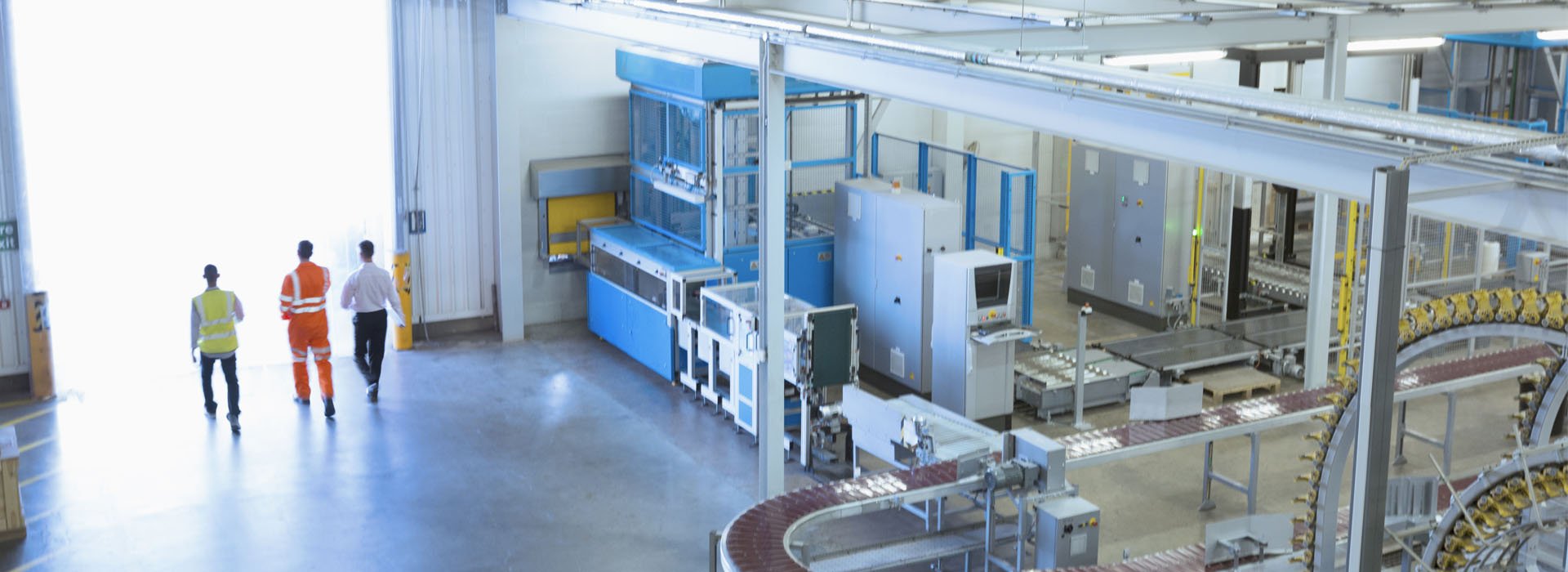Maintain Safety Culture in Times of Uncertainty

Thought Leadership
Businesses are grappling with the potential effects of an unstable workforce posed by what some call the Great Resignation and others the Great Reshuffle. Whatever its name, the complexities this upheaval engenders are compounded by the ongoing waves of covid-related work absences and varying levels of employee engagement in the face of overall uncertainty.
At times of increased staff turnover and absenteeism, the risk of safety incidents, near-miss or worse, grows too. Employees well versed in your safety culture and processes are gone, and numerous new ones coming from diverse horizons, must be onboarded.
When most companies publicly declare that the safety of their employees is their priority, and can hardly afford the cost, human and otherwise, of any safety occurrence, what can you do to manage your immediate safety risk level and accelerate safety culture engagement?
We have identified ten practical tips on some steps you can take now. Consider those that are most relevant to your organisation.
"What can you do to manage your immediate safety risk level and accelerate safety culture engagement?"
- Leaders, including those at the very top, must get involved - collaboratively. More than ever, Leaders must actively demonstrate how important Safety is through their words and their actions. Start by engaging with those employees who know how your company’s processes work, in practice; do not underestimate how much your line managers know. While visiting your departments; be curious and engage with your employees on how processes can be improved and empower them to take action. For example, senior managers can use high potential incident investigations as opportunities to demonstrate leadership by personally helping the investigation team dig deeper into understanding the cultural dynamics which may have contributed to the incident. They can also support longer-term changes directed at these cultural elements, bypassing the short-term technical quick fixes. Seek a collaborative output: your workforce knows the intricacies of your business. They will engage more actively and readily if they have been consulted and own the solutions
- Fight hard to retain your workforce. Have you assessed which ones of your employees are critical to the ongoing safety culture of your organisation? It may not be those who contribute the most to the output of your product. Have you ensured all avenues have been explored to make sure you will retain them, whether they have actually resigned or not? Now is the time to elevate the discussion about their retention, keeping safety outcomes as a central pivot to your thinking.

"Lead, Consult, Engage, Retain"
- Conduct a mini-assessment. Select a business unit and assess how the departure of multiple staff across all levels would impact your current safety processes and culture. Who would take over their tasks whilst their position is vacant? Would the business unit even be fit to be run? Brainstorm and quickly identify the gaps. Assess whether the situation in this business unit would likely replicate across the whole organisation. Update the tools that were developed with a steady situation in mind, not this level of disruption.
- Develop a simple Culture toolkit for implementation by every manager. Provide every manager with a simple standardised toolkit (culture discussion guide) to help them frame the ongoing discussions they need to have with their teams around the company’s purpose and core values and how these align with an agreed set of mission-critical behaviours. A standardised framework for culture discussions can go a long way in helping teams align on the mindset and behaviours expected of everyone from the top down. The user-friendliness of these cultural tools is key, and each manager must feel ownership of it. In great companies, a set of cultural rituals have usually been defined. This could take place at onboarding for example. This process might include a welcome phone call. It’s personal and quickly connects the new employee to the business. Ensure the key safety aspects of your organisation are discussed.
- Your employees need milestones. Like all of us, they need to see the end of the tunnel or else they give up. Be open about what you do and don’t know, what you can plan for and how you will respond to the unexpected. Communicate on the pathways you’ve developed to return your organisation to a more stable state and likely timeframes. Commit to engaging with your workforce, either as a group or individually. Internal messaging and town halls help.
- Now is not the time to reduce training. Investment in training might be compromised in current times. Priority may be given to immediate output, but now is the time to pause and consider your risk profile. Re-evaluate the type of training needed, considering the higher levels of new joiners in your workforce. Consider adapting your training approach: you may train more often but for a shorter amount of time for example. Daily or weekly high-impact sessions might be more practical and just as effective under the current circumstances. Digital and online formats are also worse considered as safe ways to train.
- Hire for more than skillset, but also for culture alignment. The Great Resignation whilst inconvenient is also an opportunity. Take the time to think through the ideal profile of your recruits. Include cultural fit as a primary criterion for new hires: look for the candidates who already have demonstrated their alignment with your company’s safety values in their current role and seek concrete examples of it. Culture fit when it goes wrong can de-energise the organisation.

- Start thinking about the long term and review your culture. Where does it stand now, and where do you want it to be once the situation has returned to a more stable state? Whilst a company culture can be perceived as a big intangible, it is in truth the outcome of a myriad of formal and informal actions, processes, and priorities which collectively indicate what a company is intrinsically about. Design your culture to be aligned with your organisation’s purpose. In turn, your purpose needs to be reflected in the behaviour of all.
- Rethink the remit of Safety. Leading organisations understand psychological safety and wellbeing (and the critical role this plays in employee satisfaction) leads to a positive culture of care. Traditional command and control leaders are left wanting in creating a psychologically safe space for employees. Rethink the remit of Safety within your organisation, and make sure to bring all on this transformational journey, from the way senior leaders talk about Safety to the very practical guidelines and day-to-day processes that exist in your organisation.
- Measure and never stop focusing on the issue. Senior leaders tend to prioritise actions linked with results. Devise a metrics system that will enable the organisation to understand issues and progress, along with celebration and recognition and correction activities. Measure both qualitatively and quantitively Drive corrective actions. Periodically check your Safety Culture has not evolved to the point it no longer aligns with your company’s purpose. Keep Safety front of mind: make it a value, not just a priority.